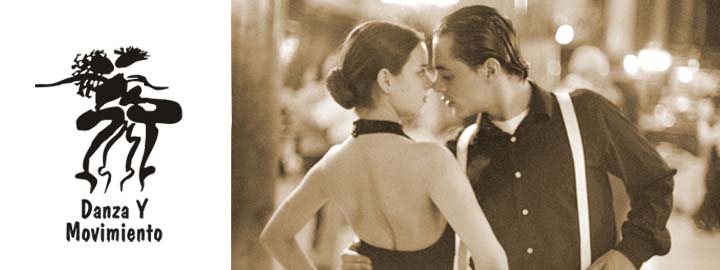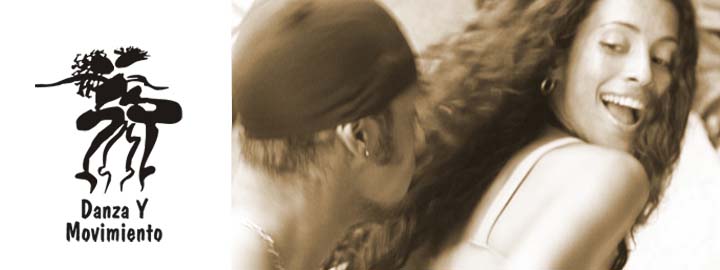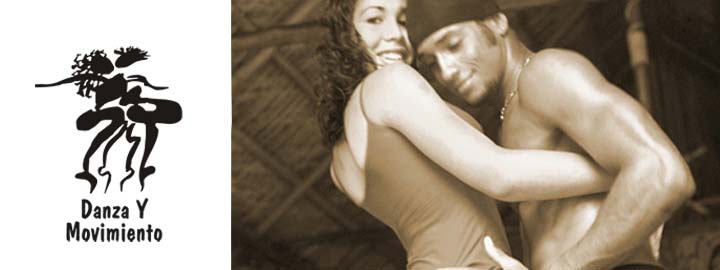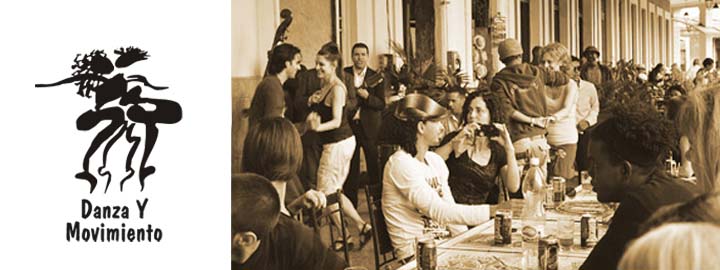Palmera - Authors: Schwenkglenks, Juergen
Jürgen Schwenkglenks
Jürgen Schwenkglenks, composer, introducing himself:
I had my first encounter with tango in the 1980s through the music of Astor Piazzolla. Back then, it was hard to get anything else. Little by little, I came across the magnificent orchestras of Francisco Canaro, Carlos di Sarli, Aníbal Troilo, Osvaldo Pugliese, and many others in search of the roots and the history of tango culture. It did not take very long: First, I wanted to play that music myself. Then I started to dance tango, which enriched me tremendously on a human and on a musical level. And finally, I started to compose many tangos, milongas and valses, which were not only designed for the concert podium but also for the ballroom. I consider myself very fortunate to have found musicians who have dealt with the interpretation of tango with a lot of commitment in my hometown Passau, in the South of Germany.
In the beginning of the 1990s, during a tango concert, I met my wife Magali. She is from Avellaneda, a suburb of Buenos Aires. She and her family gave me a deep insight into many other aspects of Argentinian culture, like for example language, literature, poetry and unbelievable asados with excellent red wine. Magali is my favourite partner, not only when dancing. She is the most honest and at the same time the most loyal critic I can imagine.
Tango, the music and the dance, can express the whole range of feelings - the passion, intimacy, sadness and eroticism of the tango, the verve and playful cheekiness of the rhythmical milonga, and the sensuality and romanticism of the vals. So every tango can become a piece of art expressed in a dance, which interprets the music in an improvised form. When making music with others, I also strive for the enormous sensibility of the dance, which allows the improvised dialogue of the dancers.
Nowadays, the tango argentino is a world-wide phenomenon. Thus, it is very exciting to notice the results created when for instance the European mentality meets the Argentian culture. Therefore, my tangos are strongly inspired by the atmosphere of the streets and ballrooms of Buenos Aires. But I always stick to my European point-of-view, from which I am composing.
Jürgen Schwenkglenks, composer, introducing himself:
I had my first encounter with tango in the 1980s through the music of Astor Piazzolla. Back then, it was hard to get anything else. Little by little, I came across the magnificent orchestras of Francisco Canaro, Carlos di Sarli, Aníbal Troilo, Osvaldo Pugliese, and many others in search of the roots and the history of tango culture. It did not take very long: First, I wanted to play that music myself. Then I started to dance tango, which enriched me tremendously on a human and on a musical level. And finally, I started to compose many tangos, milongas and valses, which were not only designed for the concert podium but also for the ballroom. I consider myself very fortunate to have found musicians who have dealt with the interpretation of tango with a lot of commitment in my hometown Passau, in the South of Germany.
In the beginning of the 1990s, during a tango concert, I met my wife Magali. She is from Avellaneda, a suburb of Buenos Aires. She and her family gave me a deep insight into many other aspects of Argentinian culture, like for example language, literature, poetry and unbelievable asados with excellent red wine. Magali is my favourite partner, not only when dancing. She is the most honest and at the same time the most loyal critic I can imagine.
Tango, the music and the dance, can express the whole range of feelings - the passion, intimacy, sadness and eroticism of the tango, the verve and playful cheekiness of the rhythmical milonga, and the sensuality and romanticism of the vals. So every tango can become a piece of art expressed in a dance, which interprets the music in an improvised form. When making music with others, I also strive for the enormous sensibility of the dance, which allows the improvised dialogue of the dancers.
Nowadays, the tango argentino is a world-wide phenomenon. Thus, it is very exciting to notice the results created when for instance the European mentality meets the Argentian culture. Therefore, my tangos are strongly inspired by the atmosphere of the streets and ballrooms of Buenos Aires. But I always stick to my European point-of-view, from which I am composing.





